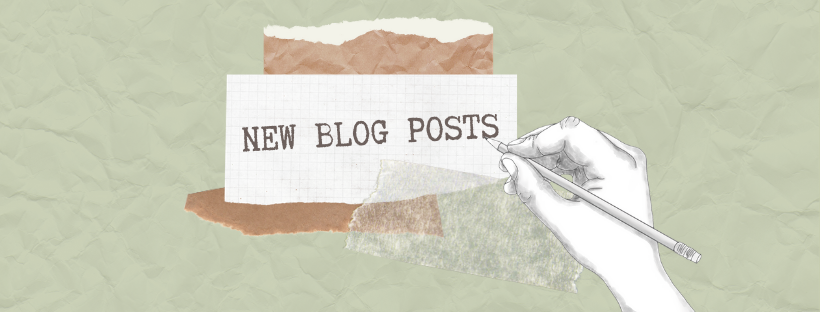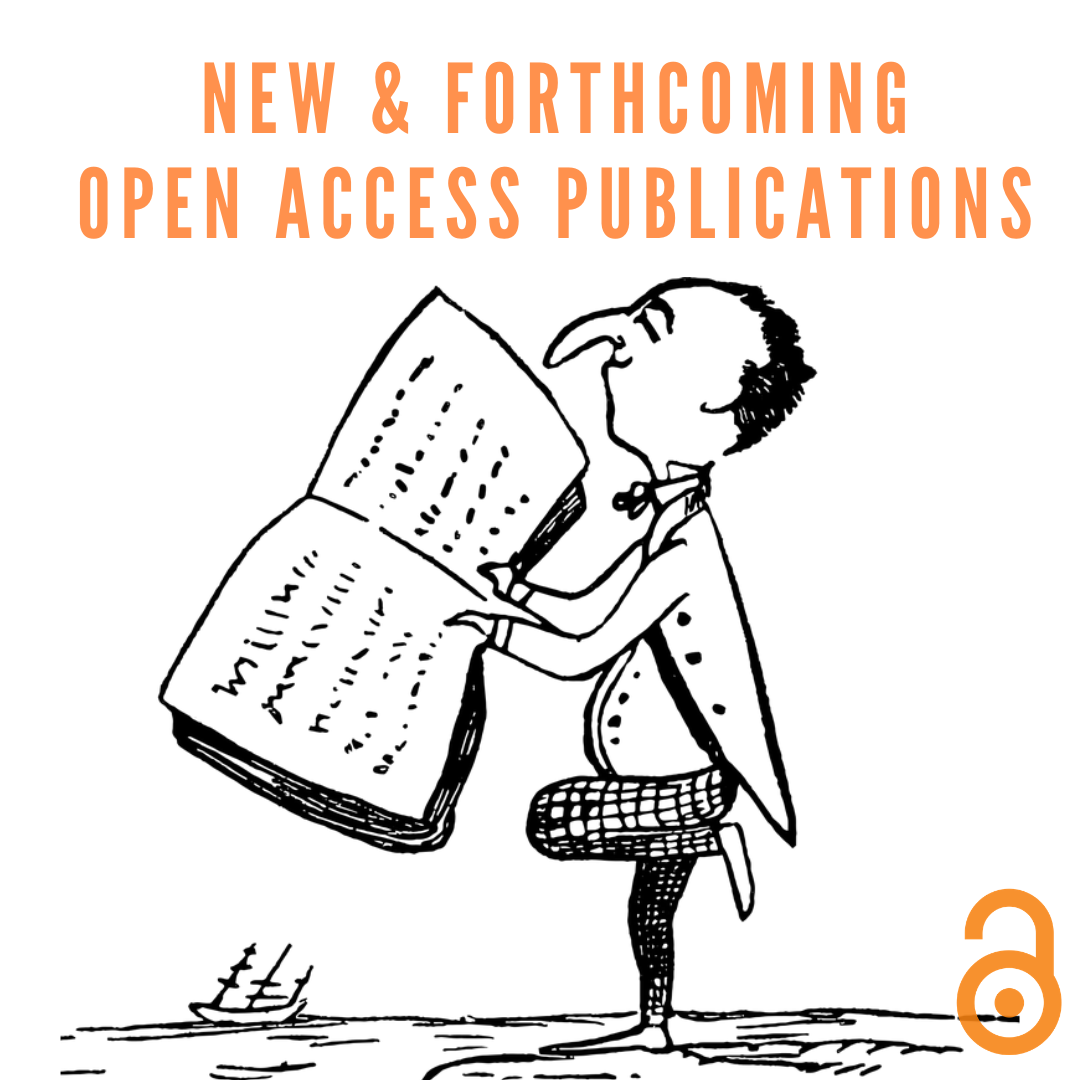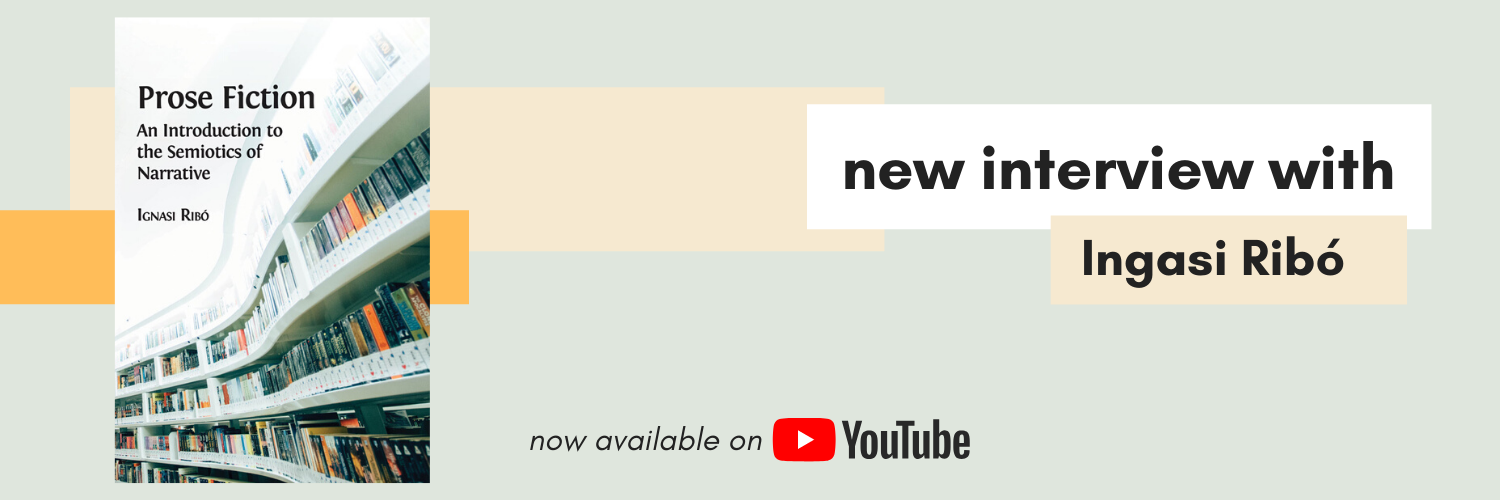 Sous la direction de Valéry Ridde et Christian Dagenais
Sous la direction de Valéry Ridde et Christian Dagenais
- Pour accéder au livre en version html, cliquez ici.
- Pour télécharger le PDF, cliquez ici
- Pour commander le livre en version imprimée au Québec, en France ou en Afrique, cliquez sur le bouton Paypal en bas de cette page.
Acheter un livre, c’est nous soutenir et permettre à ceux et celles qui ne peuvent l’acheter de le lire en libre accès.
Une couverture universelle des soins de santé en 2030 pour tous les êtres humains, du Nord au Sud? Réaliser cet objectif de développement durable aussi ambitieux que nécessaire exigera une exceptionnelle volonté politique, mais aussi de solides données probantes sur les moyens d’y arriver, notamment sur les interventions de santé mondiale les plus efficaces. Savoir les évaluer est donc un enjeu majeur. On ne peut plus se contenter de mesurer leur efficacité : il nous faut comprendre pourquoi elles l’ont été (ou pas), comment et dans quelles conditions. Cet ouvrage collectif réunissant 27 auteurs et 12 autrices de différents pays et de disciplines variées a pour but de présenter de manière claire et accessible, en français, un florilège d’approches et de méthodes avancées en évaluation d’interventions : quantitatives, qualitatives, mixtes, permettant d’étudier l’évaluabilité, la pérennité, les processus, la fidélité, l’efficience, l’équité et l’efficacité d’interventions complexes. Chaque méthode est présentée dans un chapitre à travers un cas réel pour faciliter la transmission de ces savoirs précieux.
Une co-édition des Éditions science et bien commun et des Éditions IRD.
ISBN ePub : 978-2-924661-60-4
ISBN pour l’impression au Canada : 978-2-924661-58-1
ISBN pour l’impression en France : 978-2-7099-2766-6
483 pages
Date de publication : juillet 2019
Utilisez le bouton Paypal au bas de la page pour commander le livre imprimé au Canada ou en Europe ou l’obtenir en format ePub (prêtable) ou télécharger le bon de commande Le livre sera bientôt disponible dans nos librairies dépositaires : la Librairie du Quartier à Québec, Zone libre à Montréal, à venir pour Paris, Genève et l’Afrique.
Table des matières
Partie I. La phase pré-évaluative et la pérennité
L’étude d’évaluabilité
Une intervention de prévention de l’usage de drogues à l’école au Québec
Biessé Diakaridja Soura, Jean-Sébastien Fallu, Robert Bastien et Frédéric N. Brière
L’évaluation de la pérennité
Une intervention de financement basé sur les résultats au Mali
Mathieu Seppey et Valéry Ridde
Partie II. Les approches qualitatives et participatives
L’évaluation qualitative, informatisée, participative et inter-organisationnelle (EQUIPO)
Exemple d’un programme en faveur des femmes victimes de violences en Bolivie
Mathieu Bujold et Jean-Alexandre Fortin
La méthode photovoix
Une intervention auprès de populations marginalisées sur l’accès à l’eau potable, l’hygiène et l’assainissement au Mexique
Lynda Rey, Wilfried Affodégon, Isabelle Viens, Hind Fathallah et Maria José Arauz
L’analyse d’une recherche-action
Combinaison d’approches dans le domaine de la santé au Burkina Faso
Aka Bony Roger Sylvestre, Valéry Ridde et Ludovic Queuille
Partie III. Les méthodes mixtes
Les revues systématiques mixtes
Un exemple à propos du financement basé sur les résultats
Quan Nha Hong, Anne-Marie Turcotte-Tremblay et Pierre Pluye
L’intégration en méthodes mixtes
Cadre conceptuel pour l’intégration des phases, résultats et données qualitatifs et quantitatifs
Pierre Pluye
La pratique de l’intégration en méthodes mixtes
Les multiples combinaisons des stratégies d’intégration
Pierre Pluye, Enrique García Bengoechea, David Li Tang, Vera Granikov
Partie IV. L’évaluation de l’efficacité et de l’efficience
Les méthodes quasi-expérimentales
L’effet de l’âge légal minimum sur la consommation d’alcool chez les jeunes aux États-Unis
Tarik Benmarhnia et Daniel Fuller
Les essais randomisés en grappe
Un exemple en santé maternelle et infantile
Alexandre Dumont
La mesure de l’équité
Un exemple d’intervention de gratuité des soins obstétricaux
Tarik Benmarhnia et Britt McKinnon
L’analyse coût-efficacité
Une intervention de décentralisation des soins VIH/SIDA à Shiselweni, Swaziland
Guillaume Jouquet
L’analyse spatiale
Un cas d’intervention communautaire de lutte contre le moustique Aedes aegypti au Burkina Faso
Emmanuel Bonnet, France Samiratou Ouédraogo et Diane Saré
Partie V. L’évaluation des processus et de la fidélité d’implantation
L’analyse des processus de mise en œuvre
Une intervention complexe au Burkina Faso : le financement basé sur les résultats
Valéry Ridde et Anne-Marie Turcotte-Tremblay
L’évaluation de la fidélité d’implantation
Un projet de distribution d’omble chevalier aux femmes enceintes du Nunavik
Lara Gautier, Catherine M. Pirkle, Christopher Furgal et Michel Lucas
L’évaluation de la fidélité et de l’adaptation
Un exemple de mise en œuvre des interventions en santé mondiale
Dennis Pérez, Marta Castro et Pierre Lefèvre
L’évaluation réaliste
L’exemple de l’adoption d’une politique publique de santé au Bénin
Jean-Paul Dossou et Bruno Marchal
Pour commander le livre :


















 REWIND! . . .If you liked this post, you may also dig:
REWIND! . . .If you liked this post, you may also dig: